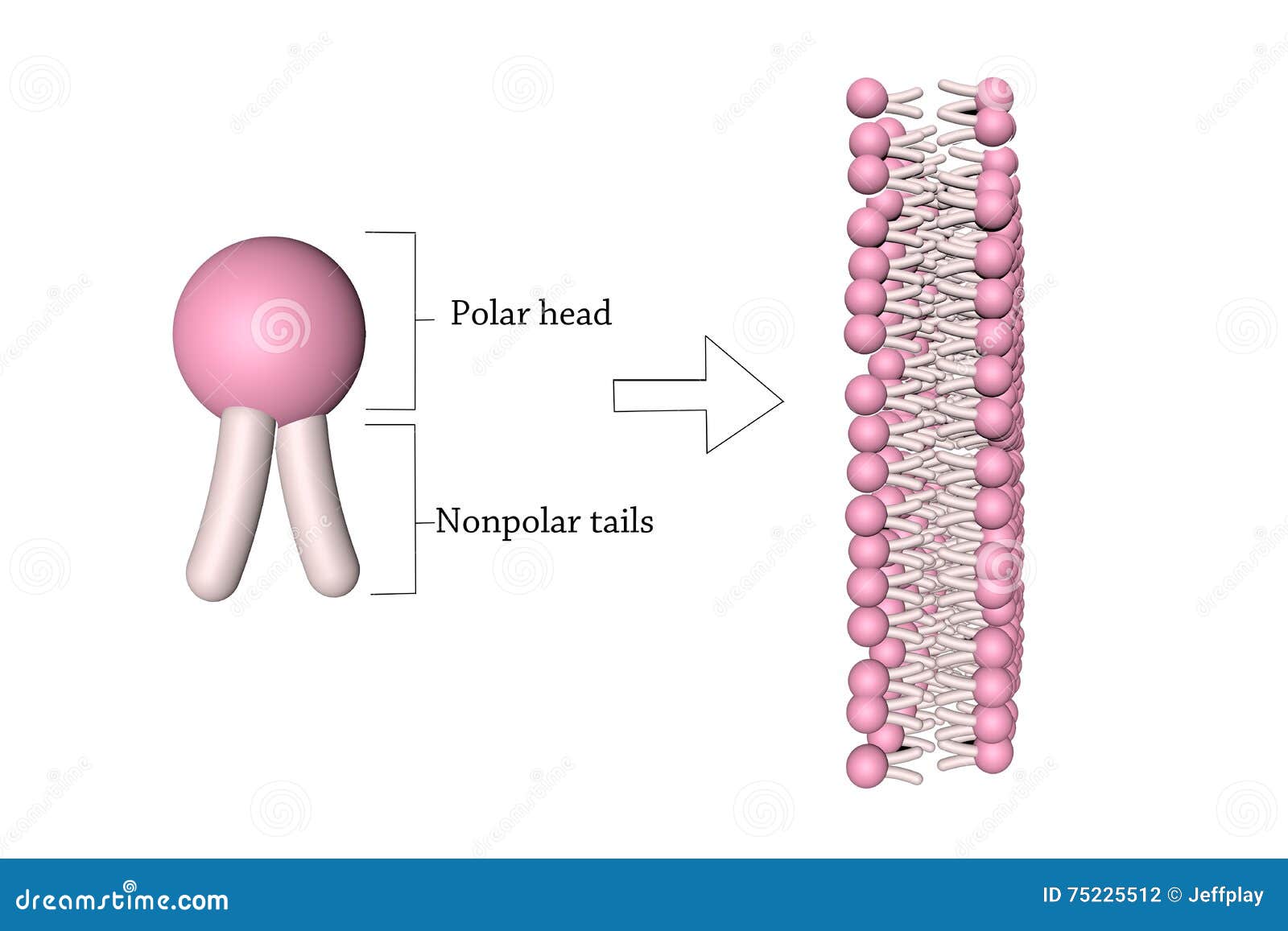

Most of the dietary phospholipids of animal origin come from meat, egg and dairy products. Section 2 and Section 3 are dedicated to the structures, functions, compositions and anti-inflammatory properties of dietary phospholipids from animal and marine sources. The paper is divided into three sections: Section 1 presents an overview of the relationship between structures and biological activities (pro-inflammatory or anti-inflammatory) of several phospholipids with respect to inflammation. aeruginosa with host cells.ġInstitut de Biologia Molecular, Parc Científic de Barcelona, Baldiri Reixac 10, 08028 Barcelona, Spain.In this review paper, the latest literature on the functional properties of phospholipids in relation to inflammation and inflammation-related disorders has been critically appraised and evaluated. The findings in these studies suggest that Pa_LOX has the capacity to extract and modify unsaturated phospholipids from eukaryotic membranes, allowing this LOX to play a role in the interaction of P. Carbon atoms from the sn-1 chain approach the catalytic iron in a manner that sheds light on how the enzymatic reaction might proceed. The binding pocket contains a phosphatidylethanolamine phospholipid with branches of 18 (sn-1) and 14/16 (sn-2) carbon atoms in length. The mobility of the lid and the structural variability of the N-terminal region of Pa_LOX was confirmed by comparing 2 crystal forms. The structure of a secretable LOX from Pseudomonas aeruginosa (Pa_LOX), the first available from a prokaryote, presents significant differences with respect to eukaryotic LOXs, including a cluster of helices acting as a lid to the active center.

Lipoxygenases (LOXs), which are essential in eukaryotes, have no confirmed function in prokaryotes that are devoid of polyunsaturated fatty acids. Diversity, Equity, Inclusion, and Access.Citation, Usage, Privacy Policies, Logo.Biologically Interesting Molecule Reference Dictionary (BIRD).


 0 kommentar(er)
0 kommentar(er)
